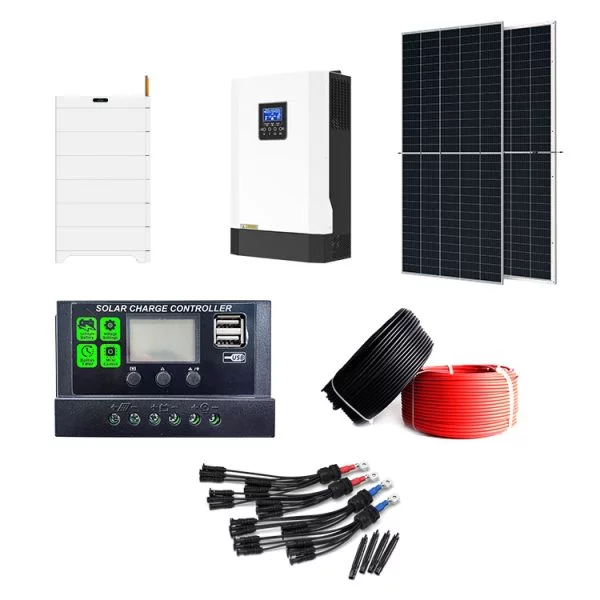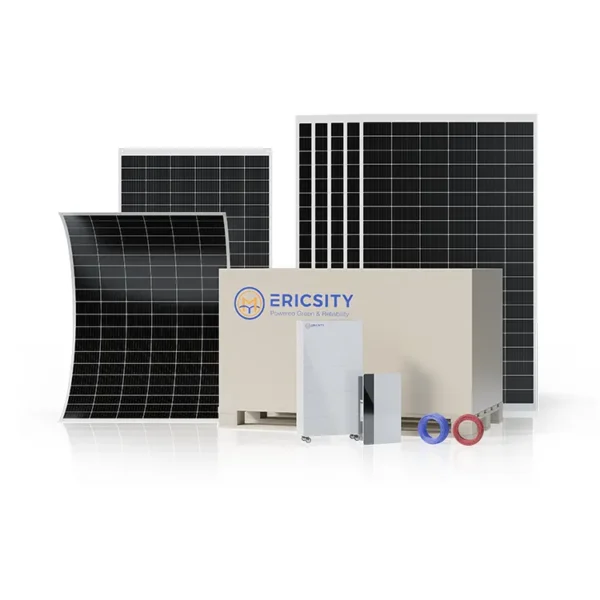HOT PRODUCT
Product Details
the Impact Of Semi-flexible Solar Panels On Pollution Reduction
The Impact of Semi-flexible Solar Panels on Pollution Reduction
Introduction
With the increasing global concern regarding climate change and environmental degradation, finding clean and sustainable energy sources has become imperative. Solar energy, being renewable and abundant, has emerged as a viable alternative to conventional fossil fuels. One promising technology in this realm is the use of semi-flexible solar panels, which offer numerous advantages over traditional rigid panels. This article examines the impact of semi-flexible solar panels on pollution reduction and highlights their potential to contribute to a cleaner and greener future.
Flexibility and Versatility
Unlike conventional solar panels, which are rigid and bulky, semi-flexible panels are designed to be lightweight, thin, and easily bendable. This flexible nature allows them to be integrated into a variety of settings, such as curved surfaces, vehicles, boats, and buildings. This versatility expands the possibilities for solar panel installations in urban areas, reducing the need for additional land and thereby minimizing land disturbance and habitat destruction. By utilizing existing infrastructure and surfaces, semi-flexible solar panels help curtail pollution stemming from land conversion and development.

Efficiency and Performance


Semi-flexible solar panels comprise thin-film solar cells, which are lighter and more efficient compared to traditional crystalline silicon cells. These thin-film solar cells can generate electricity even under low-light conditions, making them ideal for deployment in diverse climatic regions. Furthermore, the flexible nature of these panels allows them to better adapt to changing weather conditions, as they can follow the sun’s trajectory throughout the day, optimizing energy production. By maximizing energy generation efficiency, semi-flexible panels reduce reliance on conventional power sources, thereby curtailing pollution resulting from the burning of fossil fuels.
Reduced Manufacturing Pollution
The production of conventional rigid solar panels involves the use of energy-intensive materials like silicon, which require substantial energy consumption during the manufacturing process. In contrast, semi-flexible solar panels employ thin-film technology, resulting in lower material requirements and energy consumption during production. This reduced manufacturing process not only conserves resources but also diminishes pollution associated with the extraction and processing of materials used in traditional panels. Consequently, the adoption of semi-flexible solar panels can contribute to a significant reduction in pollution at the manufacturing stage of solar panel production.
Improved Waste Management
Given their thin and lightweight composition, semi-flexible solar panels are easier to handle during installation and replacement and have a longer lifespan. This improved durability reduces waste generation, as they are less likely to be damaged or discarded prematurely. Additionally, as they approach the end of their life cycle, semi-flexible solar panels can be efficiently recycled, enabling the recovery of valuable materials like indium and gallium. The implementation of effective waste management practices for solar panels minimizes the environmental impact of their disposal and contributes to pollution reduction by reducing the need for new resource extraction.
Conclusion
Semi-flexible solar panels offer a multitude of benefits over traditional rigid panels, including flexibility, versatility, improved efficiency, reduced manufacturing pollution, and enhanced waste management. Their lightweight and bendable structure allows for easy integration into various settings, while their improved energy generation efficiency diminishes reliance on fossil fuels. Furthermore, the reduced material requirements during manufacturing, along with efficient recycling methods, contribute to pollution reduction. By adopting semi-flexible solar panels on a broader scale, we can foster a cleaner and greener environment, significantly curbing pollution levels and promoting sustainable energy practices.




